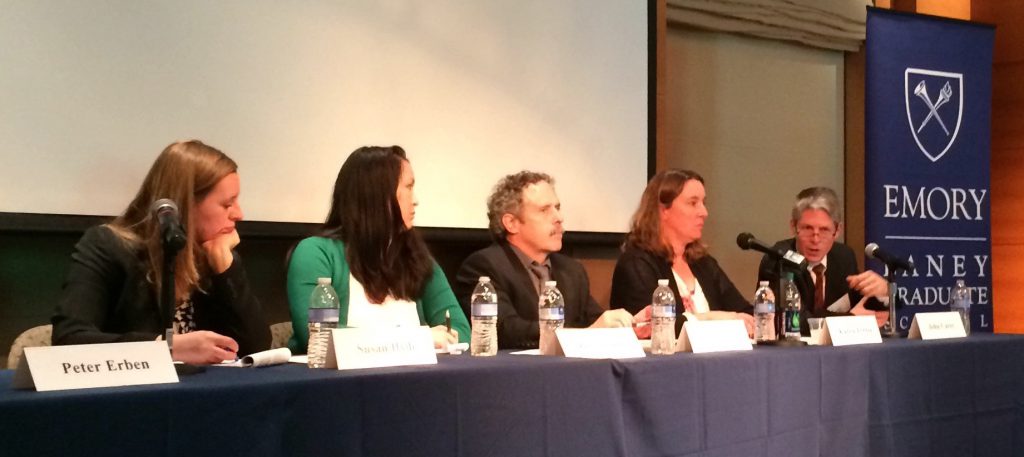Academics and election practitioners are collaborating to develop consistent quantitative and qualitative metrics for evaluating election quality.
About
Over the last decade, practitioners working on election assistance and observation have made important strides in defining common principles to guide their work, developing more systematic methodologies, and expanding their work to focus increasingly on broader democratization processes. Consensus has emerged that standards for elections should be based on state obligations rooted in international human rights law and that there are clear, important distinctions between fraud, malpractice, and systemic manipulation of the legal framework for elections.
At the same time, research interest in election quality and the impact of observation has surged. While practitioners and academics do share ideas, the democracy and governance community includes a wide range of stakeholders and approaches to assessment. The development of consistent quantitative and qualitative metrics for evaluating election quality has the potential to help bridge the gap between different understandings of integrity. In turn, a data-driven approach to measuring electoral quality could lead to a more coordinated and sustainable agenda for democratic reform.
Workshop Series
With this goal in mind, The Carter Center (TCC), the International Foundation for Electoral Systems (IFES), and Emory University’s Institute for Developing Nations (IDN) hosted a workshop from April 7-8, 2015, in Atlanta to pool academic and practitioner expertise on electoral quality. The workshop aimed to identify potential areas of collaboration between practitioners and scholars interested in approaches to examining the quality of elections and their impact on other key political variables. The workshop ended with a public panel, “How Do We Know a Good Election When We See One? Challenges in Measuring Electoral Quality and the Potential for Academic/Practitioner Partnerships.”
Participants affirmed their interest in continued collaboration between the academic and practitioner communities and identified a preliminary set of indicators that will be further developed in a series of follow-up workshops.

